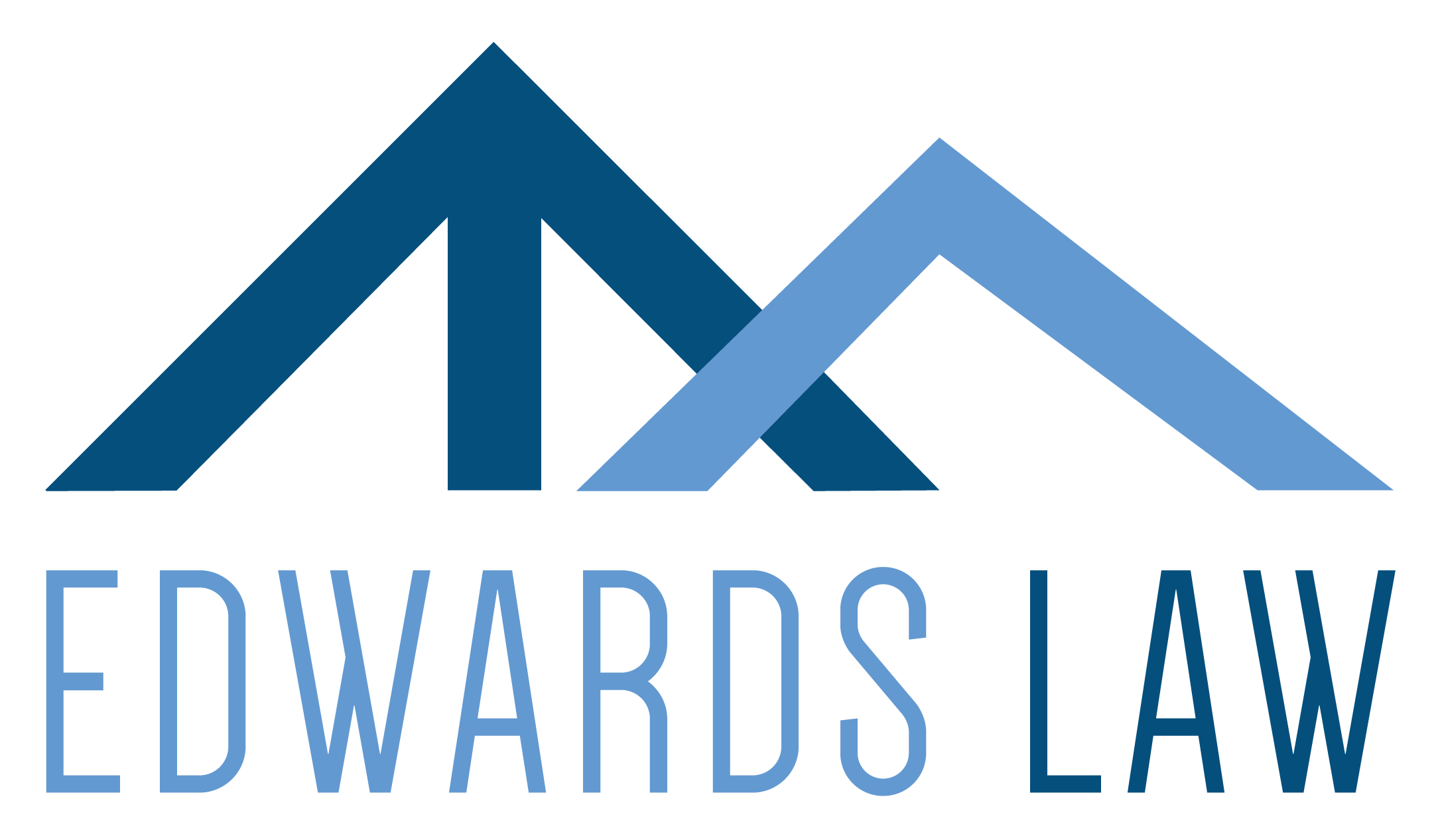
13 May Lean Six Sigma – Plan Ahead For Litigation Like Any Other Business Process
In our previous two blogs discussing business formation and S-corp election, Edwards Law provided some practical advice about planning ahead before diving into a particular business formation or tax election. Planning for litigation should be approached with the same care and thoughtfulness.
Lean Six Sigma Methodology Applied to Litigation Planning
A good law firm will assist you and your business with implementing a methodology to prepare your business for future litigation, in the unfortunate event your business is sued by a current or past employee, or by another company (or if you need to sue a former employee or another company). By tailoring techniques to litigation processes, your business can reduce costs, increase efficiency and better align litigation with your business’s work flows and business priorities.
According to Wikipedia, the “Lean Six Sigma is a methodology that relies on a collaborative team effort to improve performance by systematically removing waste and reducing variation.” This process derives from a combination of a continuous improvement philosophy created in the 1940s by Toyota for the automotive manufacturing industry, and a quality improvement methodology developed by Motorola in the 1980s when the company saw the benefit in creating products with high initial quality, which rarely failed in use (i.e., a “zero error” state, where the product worked 99% of the time).
This methodology can be equally effective in the legal service industry because it can be tracked, measured and improved. The Lean Six Sigma methodology can be used by your company, in conjunction with your lawyer, to reduce waste by systematically identifying errors, variations and inefficiencies in the litigation planning process, so that your lawyer is a better strategic partner in process and project management.
If a potential lawsuit is viewed as a “process,” the Lean Six Sigma methodology can be applied to address and attack waste in each step of litigation preparation, starting from the decision to sue or otherwise engage in litigation, to filing the initial complaint and deciding whether to settle or to go to trial. Errors or variations in the litigation process that could be identified as wasteful are:
- Multiple lawyers working on redrafting or correcting one work product;
- Preparing materials too far in advance of when the materials are needed;
- Failing to allocate non-lawyer work to paralegals or other administrative personnel who have a lower billing rate;
- Inefficient or ineffective client communication, such that the client is not on the same page with legal strategy and the costs for those legal services;
- Waiting to receive necessary information from the client in order to implement a legal strategy.
By applying this methodology, you can work with your legal team in reducing this waste and improving and standardizing a variety of pre-litigation and litigation tasks, projects and processes, including general protocols for:
- Issuing litigation hold notices;
- Communicating with your attorney when internal or external disputes arise;
- Assigning new work to your attorney;
- Conducting internal investigations to confirm or negate allegations made by or against your company;
- Conducting discovery; and
- Negotiating settlements.
FILLER
Legal Process Improvement
Before a litigation dispute arises, your business should be working with an attorney to:
- Define potential problems in business flow and processes. If a dispute arises, how important is it for your business to litigate? Does it have enough financial resources to litigate? Is there a particular quarter in the fiscal year in which it would be most beneficial for your business to settle a litigation? Would a certain dispute, should it arise, be more important to your business to litigate than another? If so, how much money would your business be willing to allocate towards that litigation? Value and success for your business often involves a careful, subjective balancing of costs and benefits; predictability of process and results; achieving desired outcomes; and receiving high-quality, efficient legal services. Defining these tangibles for your attorney will allow your attorney to tailor the most suitable pre-litigation and litigation strategy for your business.
- Measure the current performance of the business’s process for handling potential legal disputes, using a legal process map. Is your business following the process, and if so, is it working? A legal process map is a diagram that shows the key steps in the pre-litigation and litigation process, arranged sequentially. For example, you and your attorney can develop a legal process map for responding to discovery in litigation, which process may include the following steps: 1) conducting internal interviews; 2) reviewing your business documents; 3) researching potential objections, which would limit how much information your company provides in the responses; 4) drafting written responses; 5) providing you the time necessary for review and verification of the written responses. The metric used to compare the current process with the post-improvement, proposed process will vary depending on what your business values most. If your business values a hands-off approach, the metric could be the number of daily or weekly emails you receive from your attorney. If your business values more predictability in litigation costs, the metric could be billable attorney hours or dollar amounts. If your business is working with a budget, the dollar metric could be used to determine which dollars are used for which segment of the litigation process.
- Analyze all opportunities that your business has to reduce waste or variations. The process maps provided to you by your attorney can be used to visualize and pinpoint opportunities for change. Is your attorney conducting too many calls or meetings with your business to gather the necessary information? If so, can the information gathering process be limited to one or two days? Are there too many approval steps in the litigation process, and if so, can those steps be consolidated? If your business has already successfully dealt with a dispute, use that as a starting point for analysis.
- Improve the process by piloting, implementing and then validating process changes. Once the process map is in place, and the analyses complete, you and your attorney can begin consolidating and removing steps. During this phase, you and your attorney can work on documenting new practices, creating standard forms, and implementing data integrity and quality control procedures. If your business has already successfully dealt with a dispute, use that as a starting point for overall process change.
- Control the process to make sure the improvements are sustainable long-term. To establish control over the future state and address difficulties with process improvements, you and your attorney can use standard procedures, forms and communication protocols and repeatedly measure actual performance against these standards and your business goals.
Once these procedures and improvements are in place, you will need to work with your attorney on legal project management, which essentially puts the legal process improvement into play (more on legal project management in next week’s blog). Call Edwards Law today if you are interested in planning how your business will respond, in the event of a future dispute or litigation.


تحميل مهرجانات
Posted at 01:47h, 27 JuneHello,I check your blog named “Lean Six Sigma – Plan Ahead For Litigation Like Any Other Business Process – Edwards Law PLLC” daily.Your story-telling style is witty, keep doing what you’re doing! And you can look our website about تحميل مهرجانات.